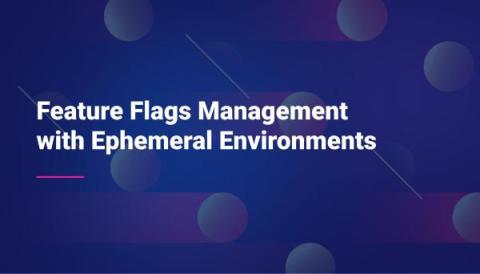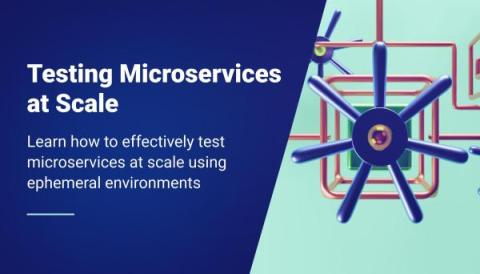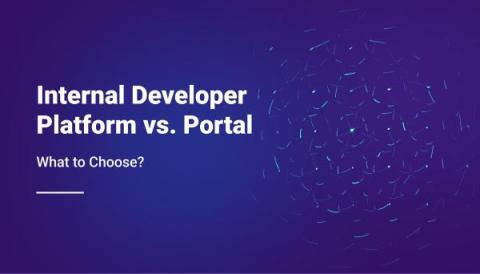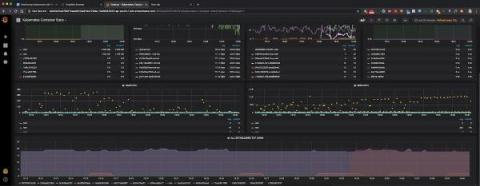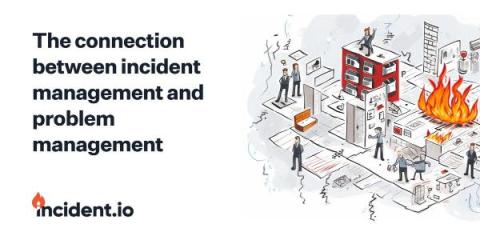Operations | Monitoring | ITSM | DevOps | Cloud
Latest News
Feature Flags Management with Ephemeral Environments
Testing Microservices at Scale: Using Ephemeral Environments
Internal Developer Platform vs. Internal Developer Portal: What to choose?
Brocade switch configuration management with Network Configuration Manager
Brocade network switches encompass a variety of switch models that cater to diverse networking needs. In today’s intricate networking landscape, manually handling these switches with varying configurations and commands within a large network infrastructure can be a daunting task. This complexity often leads to human errors such as misconfigurations. How can you optimize your network environment effectively when utilizing a variety of Brocade switches and eliminate the need for manual management?
Grafana vs. Datadog
Before we jump into the specifics of Grafana and Datadog, let's look at the main comparison points. Grafana is a great dashboard that allows you to plug in essentially any data source in the world. Grafana is most commonly paired with Prometheus, Graphite, and Elasticsearch to provide a full APM, time-series, and logs monitoring stack.
How to monitor Python Applications with Prometheus
Prometheus is becoming a popular tool for monitoring Python applications despite the fact that it was originally designed for single-process multi-threaded applications, rather than multi-process. Prometheus was developed in the Soundcloud environment and was inspired by Google’s Borgmon. In its original environment, Borgmon relies on straightforward methods of service discovery - where Borg can easily find all jobs running on a cluster.
Monitoring Kubernetes with Graphite
In this article, we will be covering how to monitor Kubernetes using Graphite, and we’ll do the visualization with Grafana. The focus will be on monitoring and plotting essential metrics for monitoring Kubernetes clusters. We will download, implement and monitor custom dashboards for Kubernetes that can be downloaded from the Grafana dashboard resources. These dashboards have variables to allow drilling down into the data at a granular level.
The connection between incident management and problem management
Sometimes, two concepts overlap so much that it’s hard to view them in isolation. Today, incident management and problem management fit this description to a tee. This wasn’t always the case. For a long time, these two ITIL concepts were seen as distinct—with specialized roles overseeing each. Incident management existed in one corner and problem management in the other. Then came the DevOps movement and the lines suddenly became blurred. So where do they stand today?



